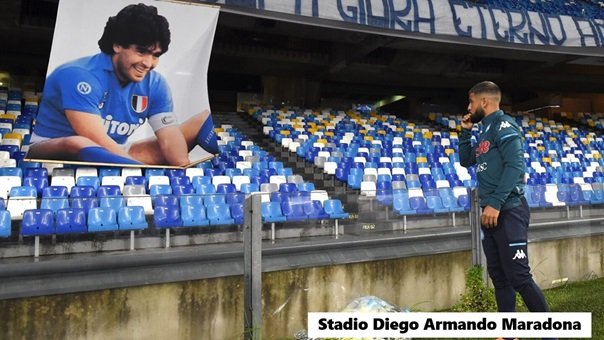Urban development in the Netherlands is undergoing a quiet revolution — and at its core is 3D laser scanning Netherlands. From historic city centres to expanding industrial zones, this advanced technology is empowering planners, architects, and engineers to work with millimetre-accurate data in ways never before possible.
3D laser scanning Netherlands uses laser beams to capture physical spaces in three dimensions, generating point clouds that replicate buildings, landscapes, and infrastructure in high-resolution digital models. This technique is being embraced across the country, helping to modernise planning processes in both large cities and smaller municipalities.
A leader in this space is Wolk, a Dutch company based in Amsterdam that specialises in digital spatial data. Wolk has become a go-to partner for public and private sector organisations looking to adopt 3D laser scanning Netherlands for everything from site analysis to renovation planning.
“With 3D laser scanning Netherlands, we’re enabling faster, safer and more informed decisions,” says a Wolk representative. “We scan complex environments and deliver precise, actionable models — no surprises, no rework.”
3D laser scanning Netherlands has been especially transformative in heritage zones. Rather than relying on hand-drawn measurements or outdated blueprints, conservation experts now use scans to create detailed 3D archives of historic buildings. These models support sensitive restoration and allow for better communication between stakeholders.
But the applications go far beyond heritage. In infrastructure, 3D laser scanning Netherlands helps with bridge inspections, rail alignments, and traffic simulations. In architecture, the data supports BIM integration and clash detection. For utilities, the scans allow for underground mapping with minimal disruption.
Wolk’s team uses a combination of tripod-mounted scanners, mobile units, and drone-based systems to deliver 3D laser scanning Netherlands services tailored to each project’s needs. Whether it’s a crowded city block or an industrial warehouse, the level of precision remains consistent.
As Dutch cities face increasing pressure to balance sustainability, density, and heritage, 3D laser scanning Netherlands is offering the tools needed to make smarter, long-term decisions. From energy-efficient retrofits to flood risk assessments, the technology helps translate complexity into clarity.
Ultimately, 3D laser scanning Netherlands isn’t just a technical innovation — it’s a strategic advantage for the future of Dutch cities. And with Wolk setting the standard, that future looks remarkably well-mapped.



